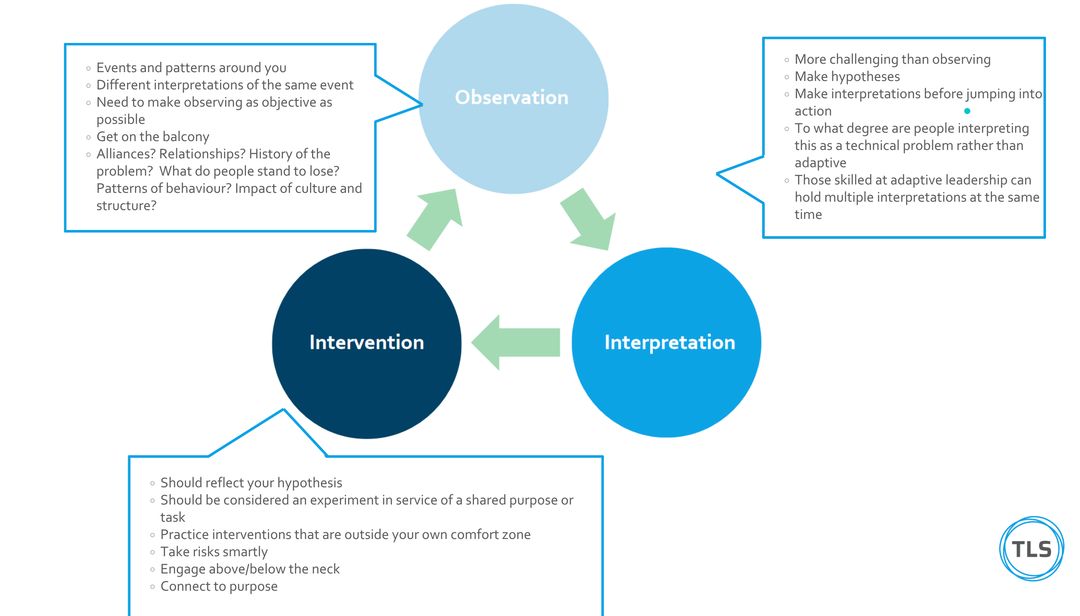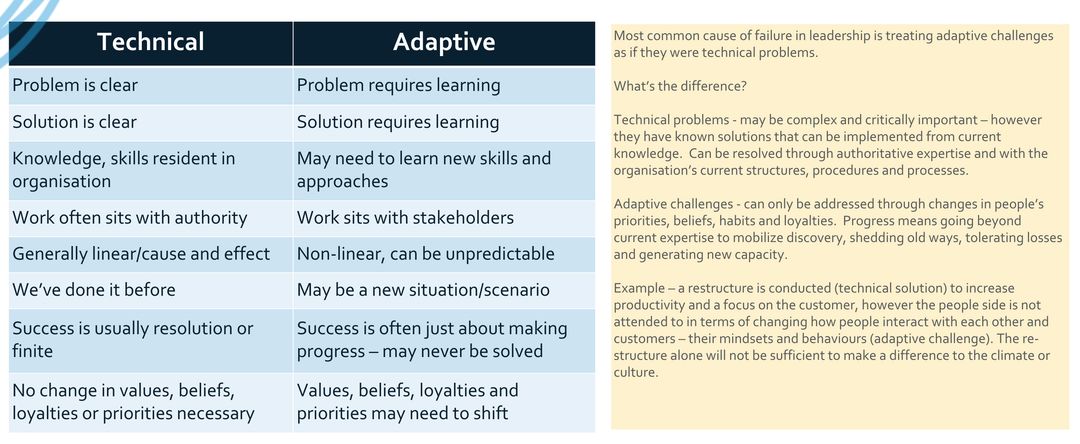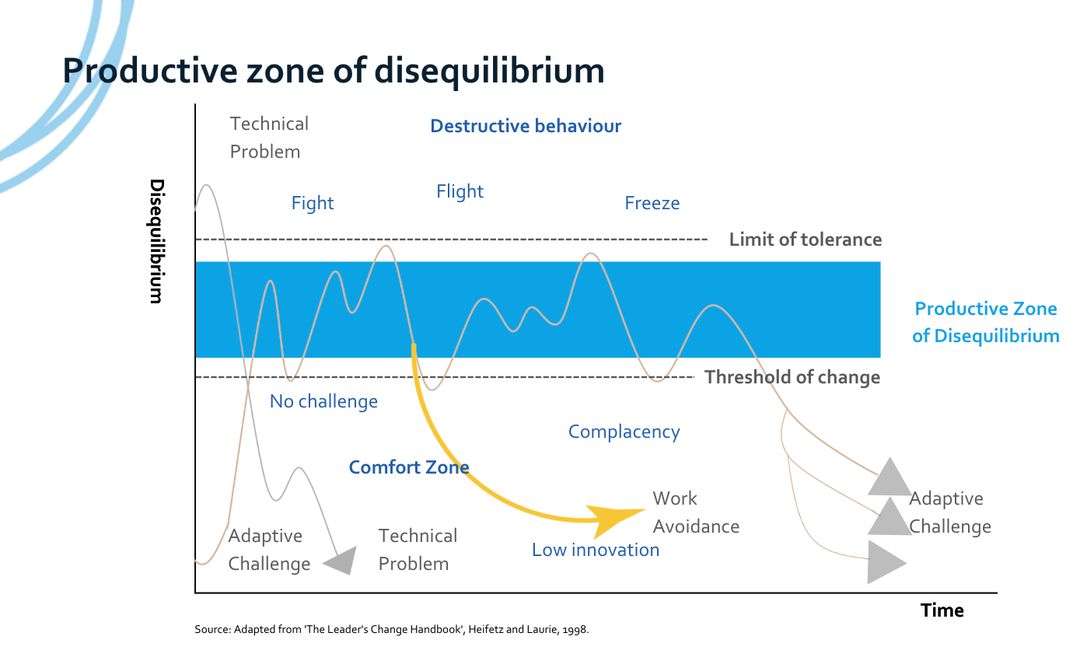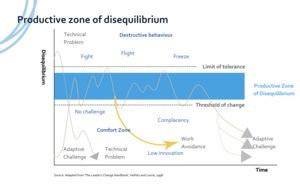

Diagnose
In order to understand influencing, we have to better understand how organisations and ‘change’ really works. Otherwise we may be influencing for the wrong outcomes.
Instructions
We are starting with Phase 2 of the model to support your discussions in small groups (peer consultation), then get in to the ‘doing’ then use the remainder of the Engagement Model to consolidate learnings.
In order to understand influencing and make sure we’re influencing them to what the project/initiative needs, we have to better understand how organisations and ‘change’ really works. Otherwise we may be influencing for the wrong outcomes.
The focus at this stage is the system and how all it’s parts come together to create the present situation. We need to sharpen our ‘systems intelligence’.
Slide: Observation – Interpretation – Interpretation (12)

Adaptive Vs Technical: (13) Heifetz distinguishes between “technical” and “adaptive” problems.
Pairs: What is the difference?
Slide: Showing difference b/w adaptive and technical

A technical problem is generally a known problem, with a precedent and a solution while an adaptive problem is difficult to diagnose and has a much less obvious solution (see workbook for differences).
Examples: (e.g. Nana and car; organisation example – e.g. often use re-structures to solve problems but forget about the about the adaptive challenge underneath, etc.).
In practice, of course, most challenges have both an adaptive and a technical component.
Systems will do whatever it takes to maintain the status quo.
Systems Intelligence (SQ) allows us to better understand ‘who’s who in the zoo’ and how we might be able to influence to support our project, initiative, etc. We’re now going to to practice our SQ in service of your initiative.
The most common cause of failure in leadership is produced by treating adaptive challenges as if they were technical problems.
Slide: Productive Zone of Disequilibrium – how hot is the challenge? What temperature is needed?

What rating would you give your challenge (out of 10) in terms of the amount of disequilibrium or ‘heat’ there is to support your change?
________
What should it be?





Comments (0)